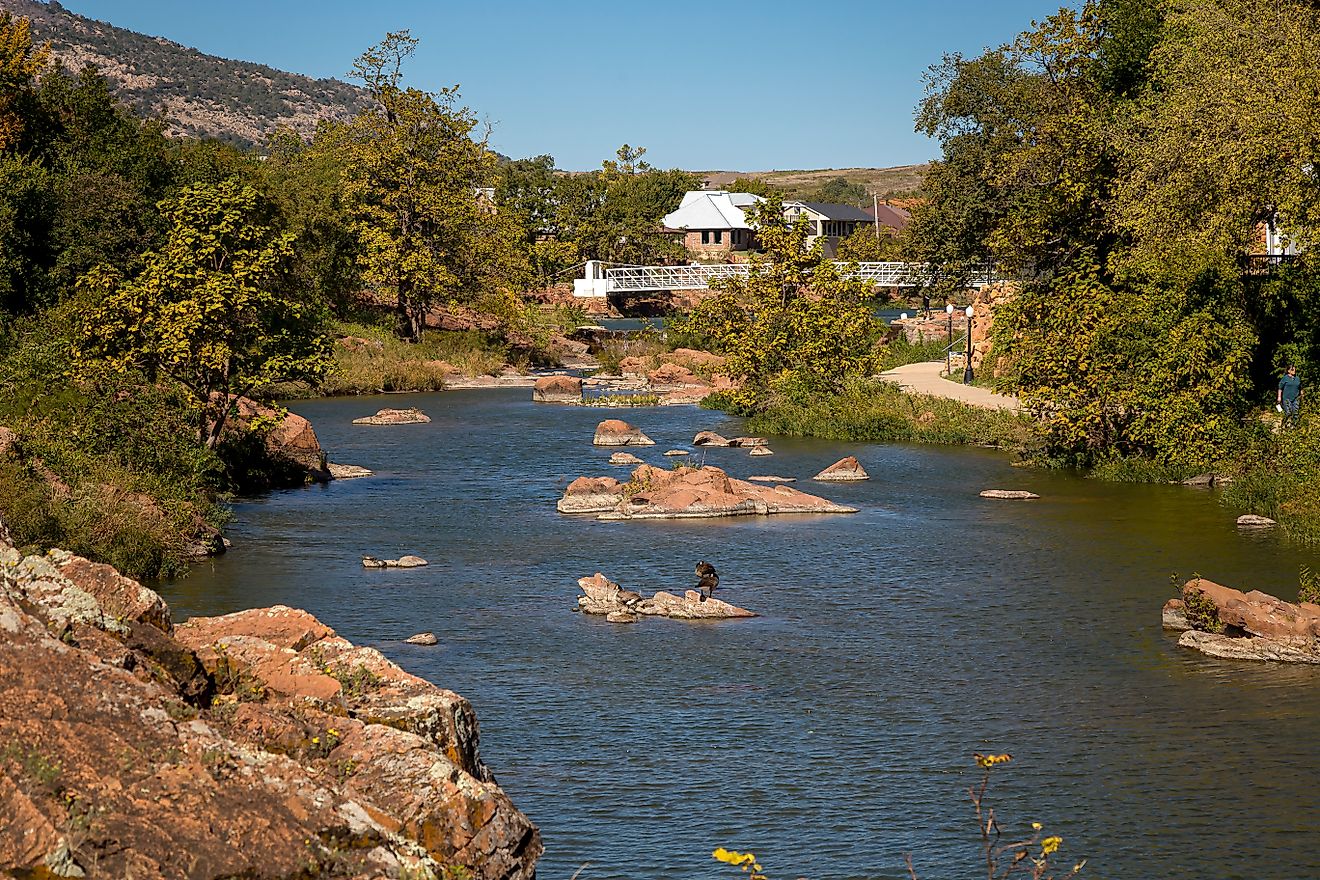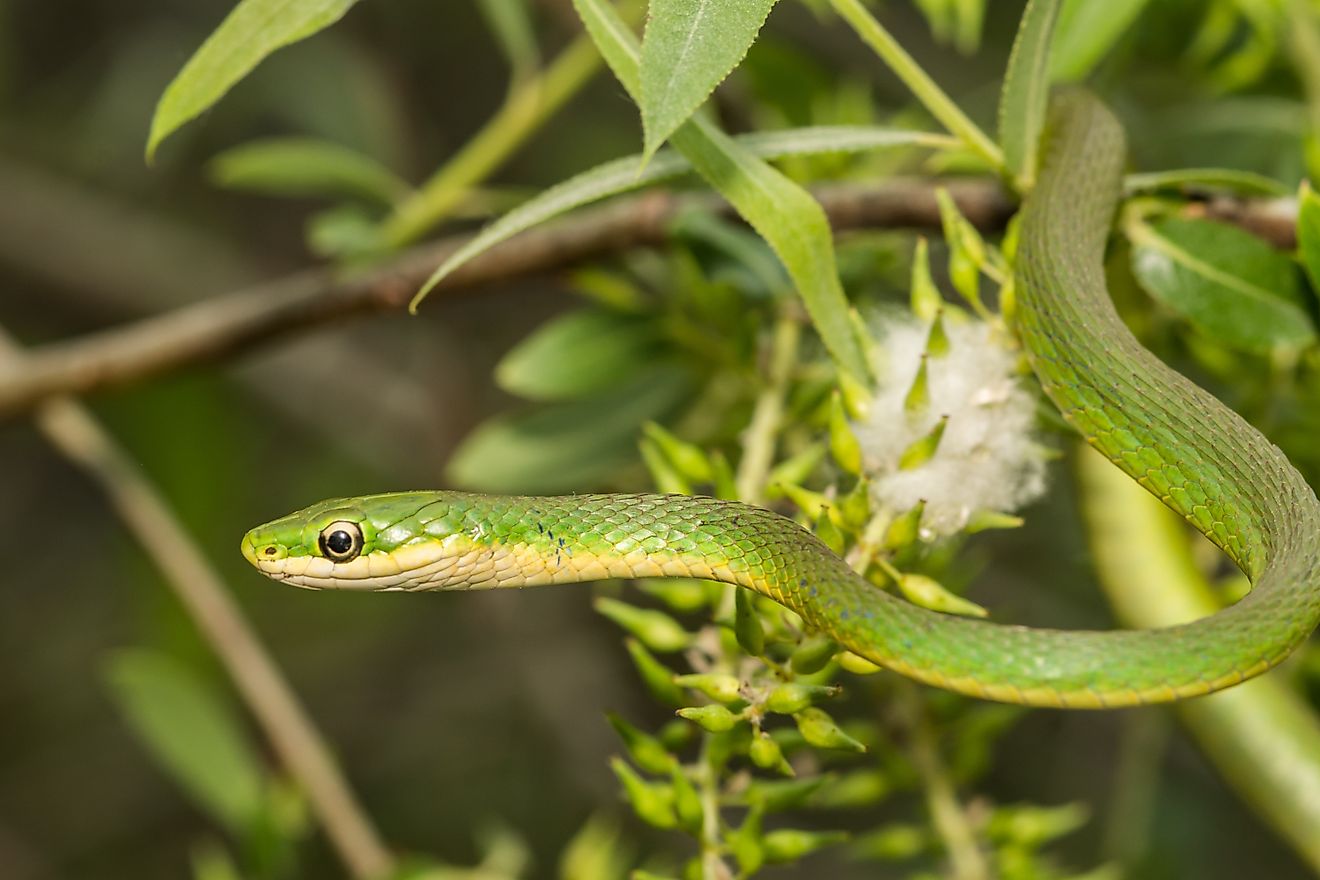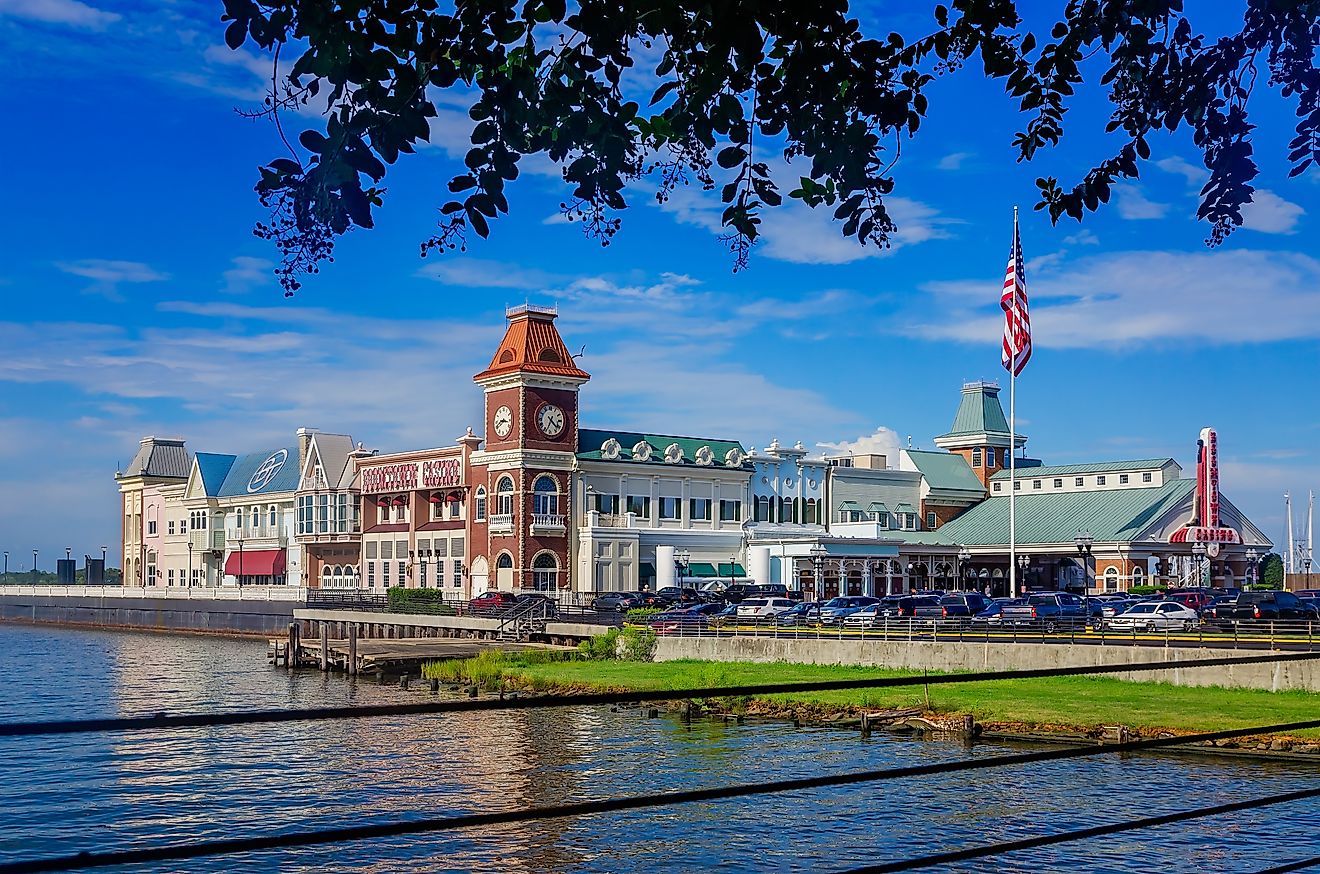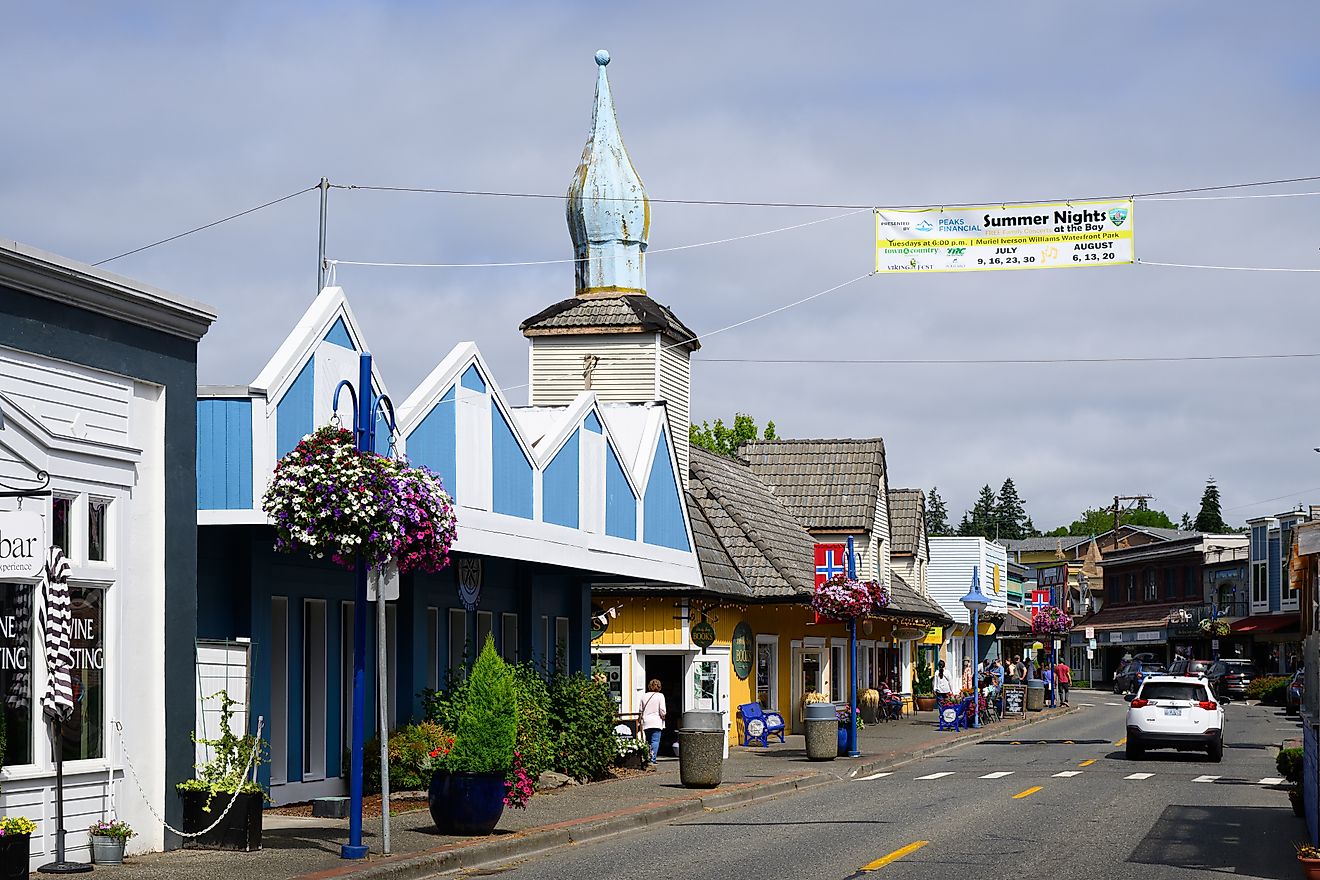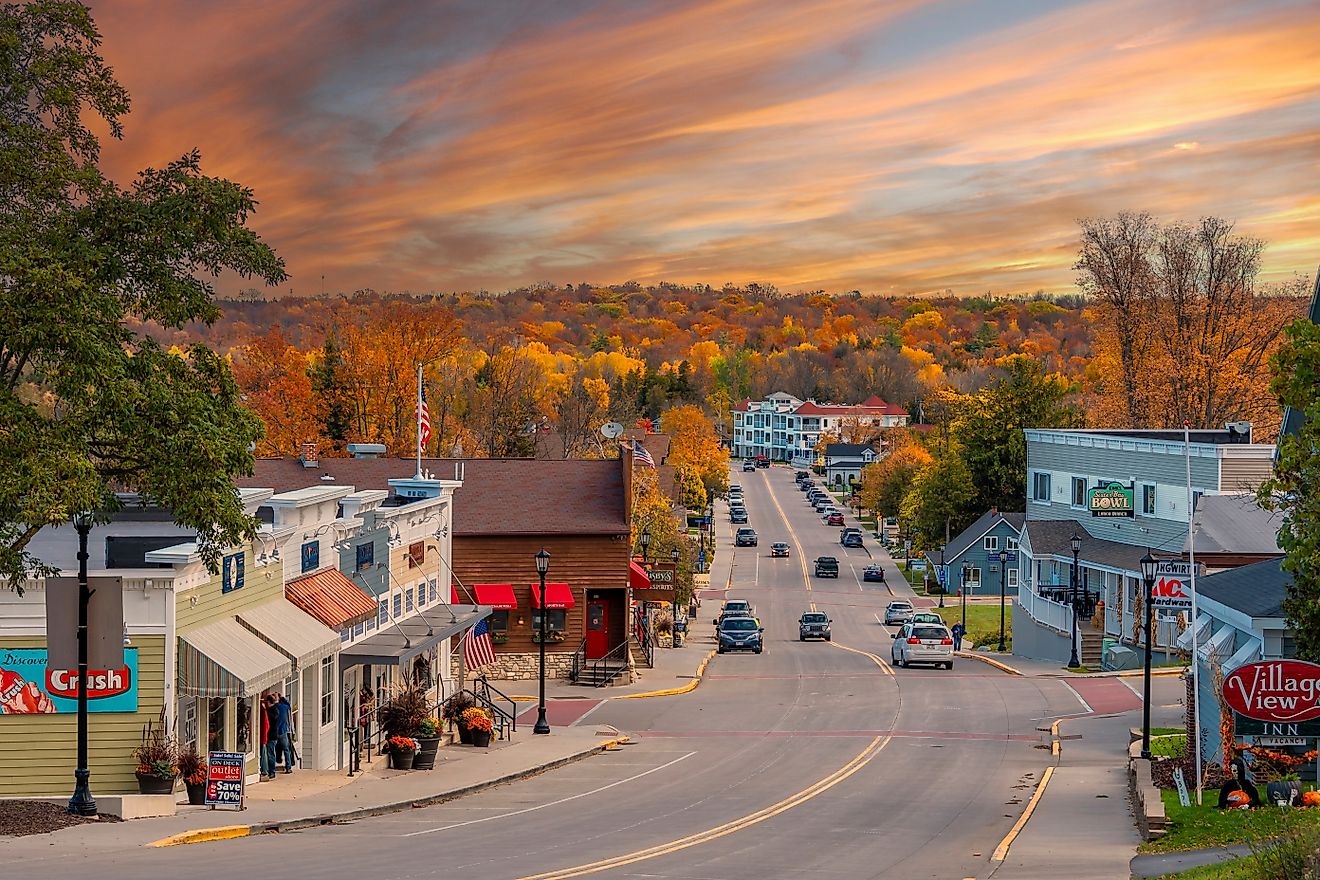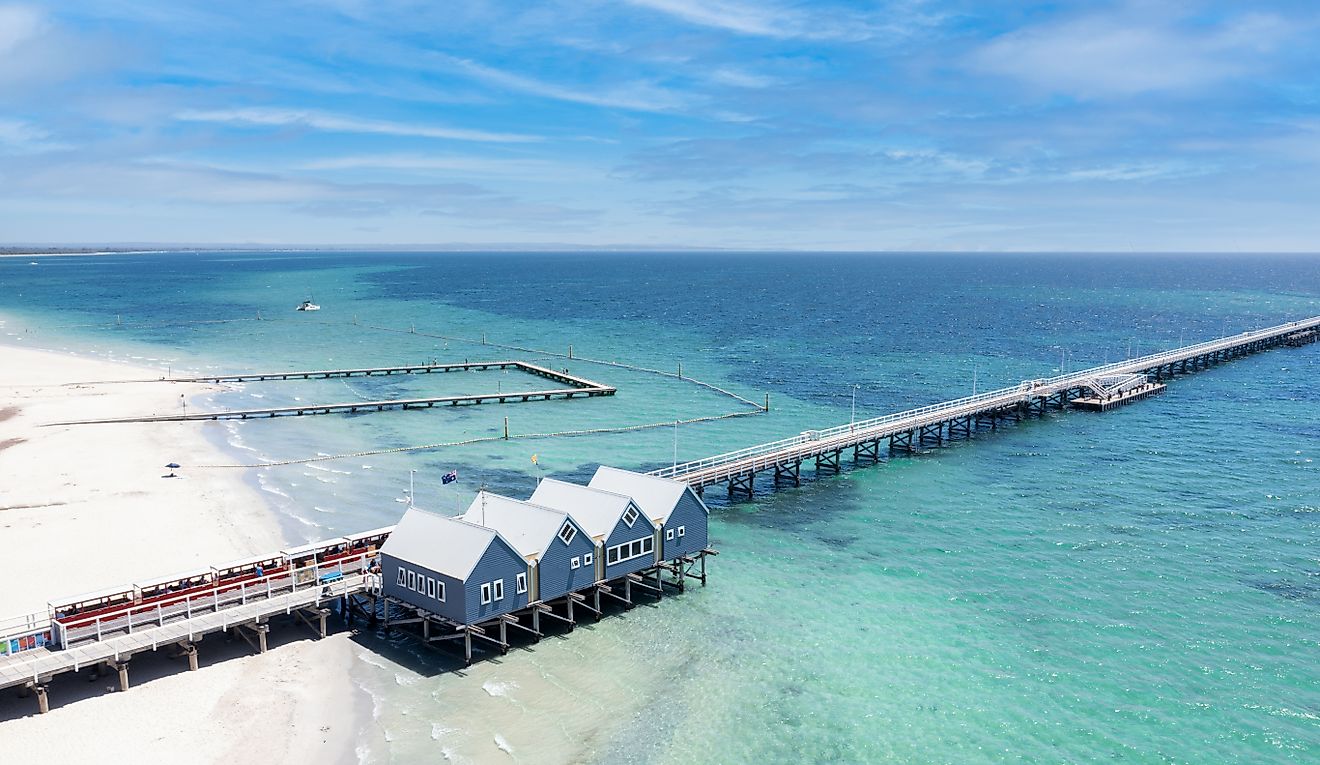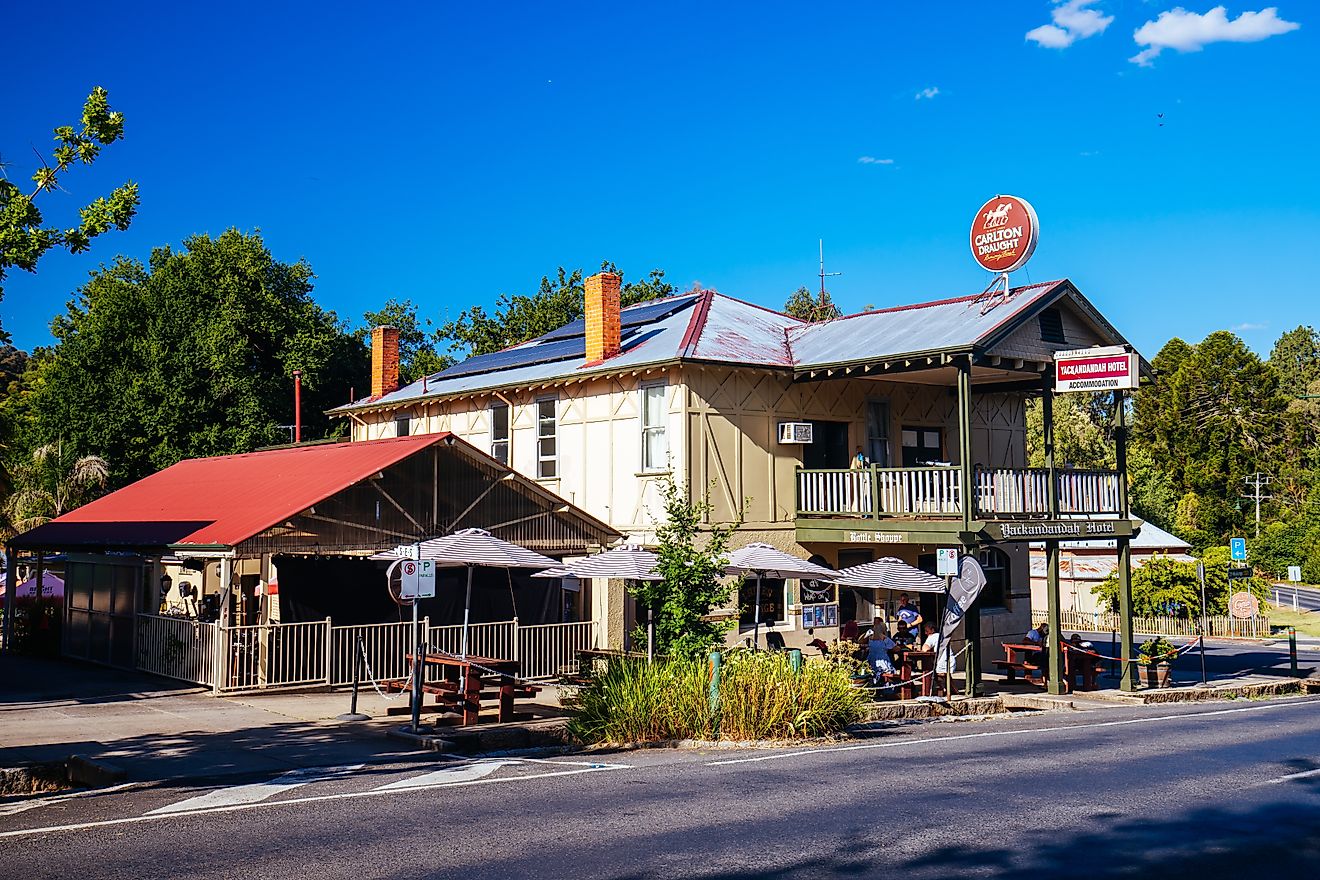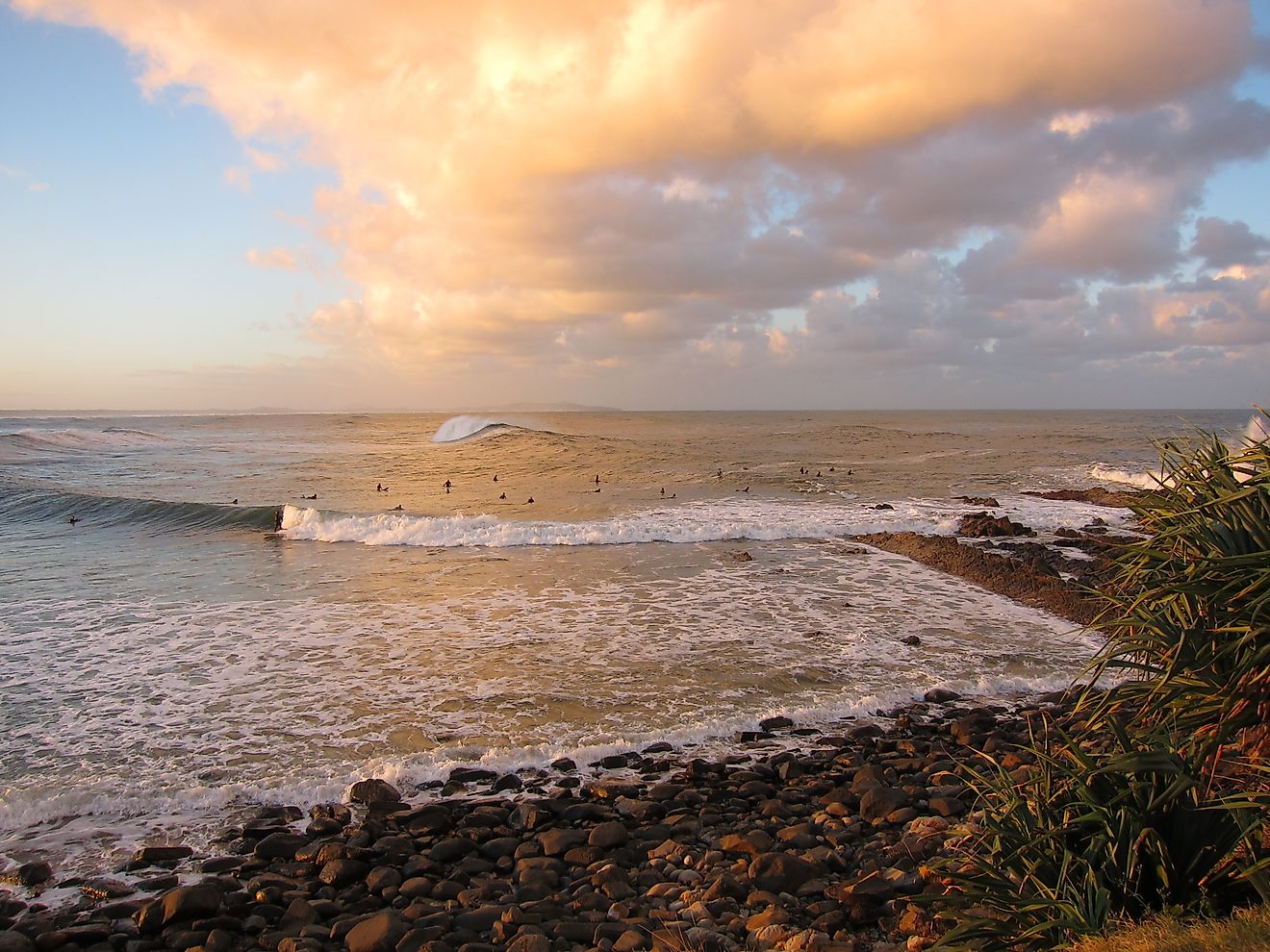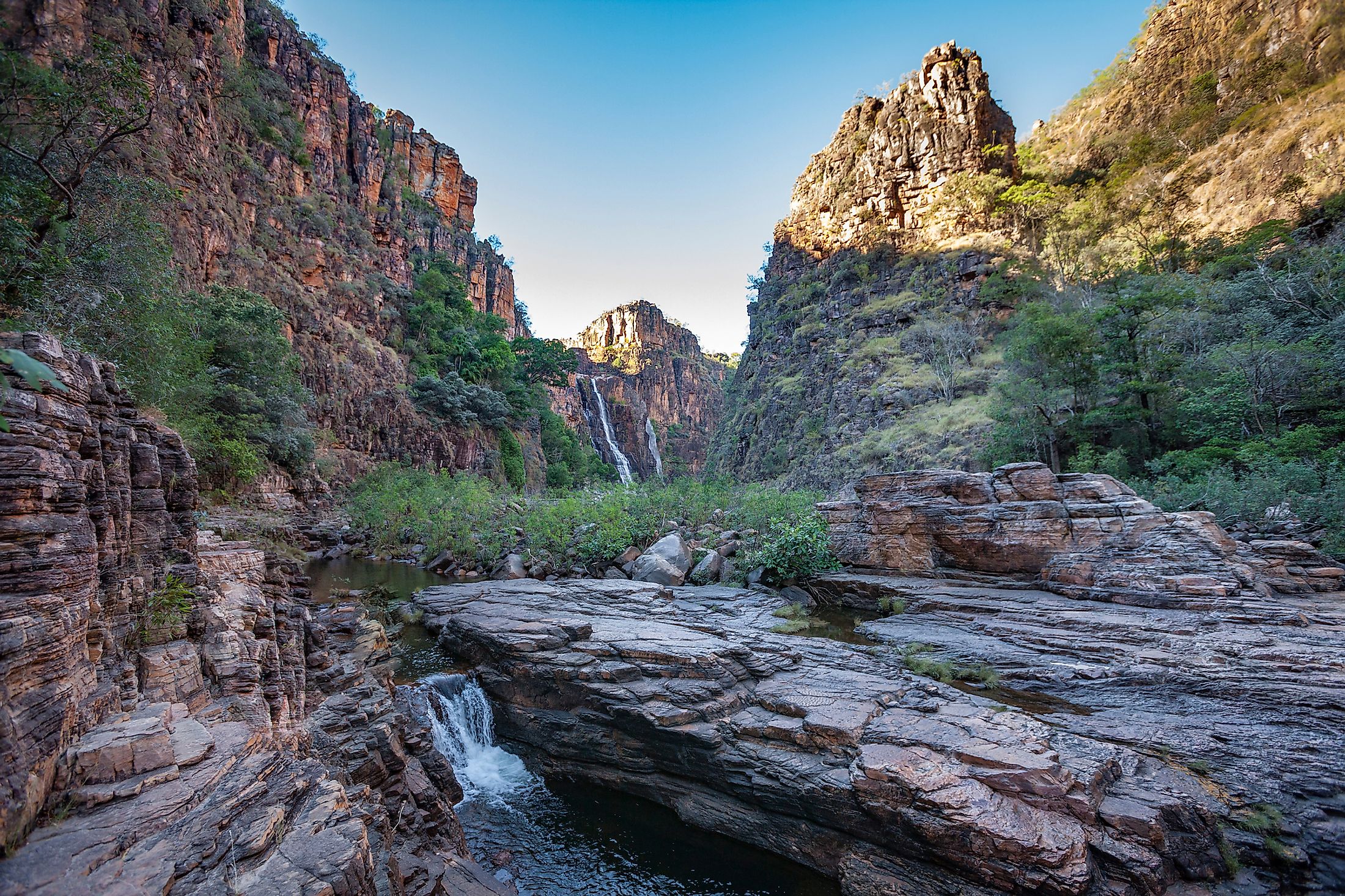
Kakadu National Park, Australia
The continental island nation of Australia covers an area of 7,617,930 sq. km and is endowed with numerous geographical features like forests, deserts, alpine regions, and offshore coral reefs. Located in the central northern part of Australia, the Northern Territory forms the world’s 11th largest country subdivision and Australia’s 3rd largest federal division. Many protected areas are found in the Northern Territory, which covers a total area of 335,527 sq. km, taking up about 24.8% of the territory’s total area.

Situated in Australia’s Northern Territory, the Kakadu National Park occupies a large area of about 19,804 sq. km and is considered the largest terrestrial national park in Australia. The Park within the Northern Territory’s Alligator Rivers region, about 171km to the southeast of the territorial capital city of Darwin. The Kakadu National Park surrounds the Ranger Uranium Mine.
Geography

The Kakadu National Park is a unique natural and living cultural landscape in Australia, which extends for about 200km from north to south and more than 100km from east to west. Kakadu is also one of the largest parks situated in the world’s tropical region.
The Park supports a great variety of ecosystems on the Australian continent including large areas of open forests, monsoon forests, savanna woodlands, estuaries, and tidal mudflats, billabongs, coastal areas, and mangrove swamps. Many distinct landforms are also observed in the Kakadu National Park. These include the ‘Stone Country’ (Arnhem Land Plateau and escarpment complex) which rises to an elevation of 330m; the Southern Hills and Basin (made up of volcanic rocks and alluvial plains) located in the southern part of the park; the Koolpinyah surface lowlands which cover about a four-fifths area of the park; floodplains which serve as a drainage area for the Alligator Rivers and the Wildman Rivers; and ‘outliers’ which are areas of the plateau, which were former islands in the ancient sea.
Climate
Due to its location in the tropics, the Kakadu National Park experiences a ‘monsoon’ climate with dry and wet seasons separated by a “build-up” season in between. The Park faces a dry season from April/May to September which is characterized by low humidity, unusual rainfall, and the continuous flow of trade winds. From January till March/April, the park faces a wet season, which is characterized by warm temperatures and heavy rains. The ‘build up’ season which begins from October and continues till December, is characterized by high temperatures and humidity.
However, the Aboriginal Bininj/Mungguy tribes describe six seasons in the Kakadu region. These include: Kunumeleng, Kudjewk, Bangkerreng, Yekke, Wurrkeng and Kurrung.
Flora And Fauna
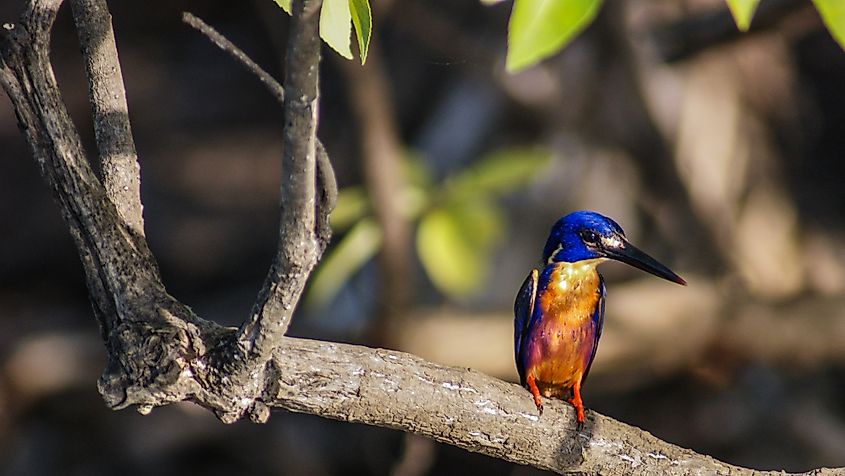
The Kakadu National Park has been blessed with rich floral and faunal biodiversity. It is estimated that more than 1,700 floral species are observed in the National Park. The park’s “Stone Country” area is dominated by resurrection grasses, while the ‘southern hills and basin’ area hosts numerous endemic plants. Lowland areas are covered by eucalyptus-dominated woodlands along with the Kakadu plum and various wildflowers, sedges, and spear grasses. The floodplains in the park support the growth of sedges, paperbark trees, water lilies, pandanus, etc. The estuaries and tidal flats are covered by different types of mangroves and several salt-tolerant plants.

The Kakadu National Park harbors over 10,000 species of insects such as beetles, grasshoppers, butterflies, termites, bees, ants, wasps, damselflies, mayflies, etc. About 53 species of freshwater fishes have been recorded in the waters of the park. The Park also supports 25 species of amphibians and 117 reptilian species including the two species of crocodile.
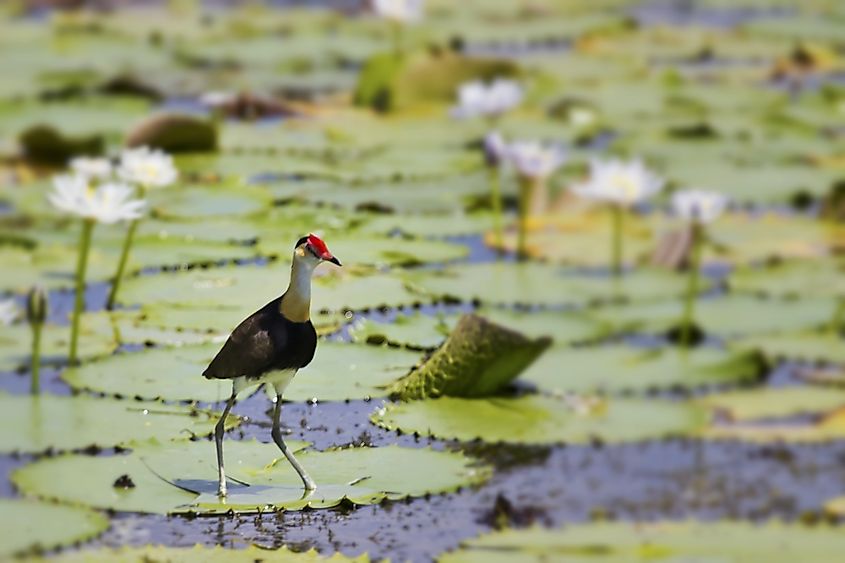
It has been reported that over 280 avian species have been recorded from the Kakadu National Park. BirdLife International has identified about 11,246 sq. km area of the park’s savanna habitat as an Important Bird Area. Some of the important birds that are found here include the Gloudian finch, silver-crowned friarbirds, long-tailed finches, partridge pigeon, red goshawk, banded honeyeaters, etc. Several waterbirds like magpie geese, Australian darter, Australian pelicans, pied herons, green pygmy geese, comb-crested jacana, sarus crane, etc are also found in the Kakadu National Park.
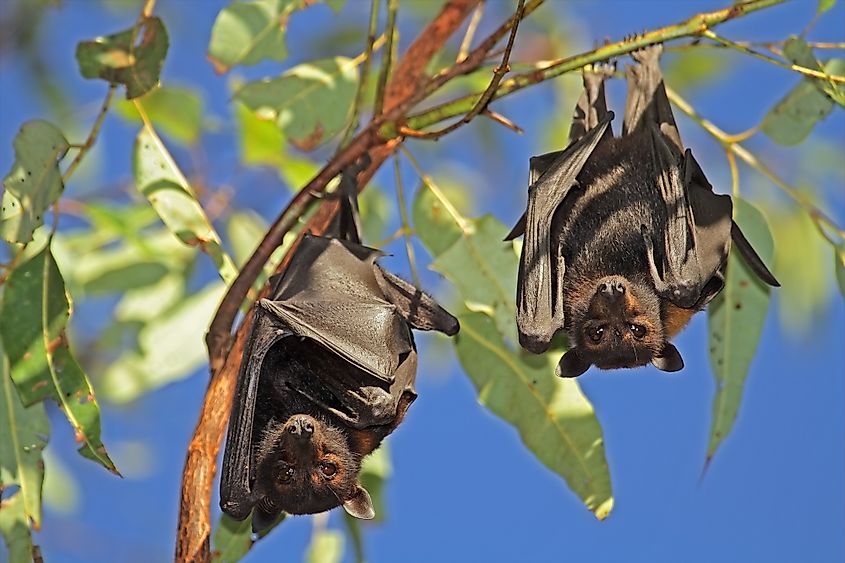
Over 74 mammalian species like wallabies, antilopine kangaroos, black-footed tree rats, black flying foxes, brush-tailed phascogales, etc have been recorded in the Kakadu National Park. Domestic Asian water buffalos were introduced by humans during the 19th and the 20th centuries and have resulted in widespread damage to the fragile wetlands and floodplains of the National Park.
Brief History

The Kakadu area has been continuously inhabited by the indigenous Aborigines for more than 50,000 years. Over 5,000 extensive rock art sites depicting the evolution of Aboriginal culture through several years have been found in the area. These rock paintings provide a deep insight into the social structure, hunting and gathering practices, and various rituals of native Aboriginal people starting from the Pleistocene Epoch till the present times. The name of the National Park has been derived from the native Gaagudju language of the group of Aborigines who lived in the park’s northwestern part.
The Kakadu region was initially protected as an Aboriginal reserve in 1964. It then became a wildlife sanctuary in 1972. On April 5, 1979, the region was redesignated as the “Kakadu National Park”. Due to its rich cultural and natural heritage, the park was declared a UNESCO World Heritage Site in 1981. Under the Environment Protection and Biodiversity Conservation Act 1999, the Kakadu National Park area is jointly managed by the Director of National Parks and the Aboriginal traditional landowners.
